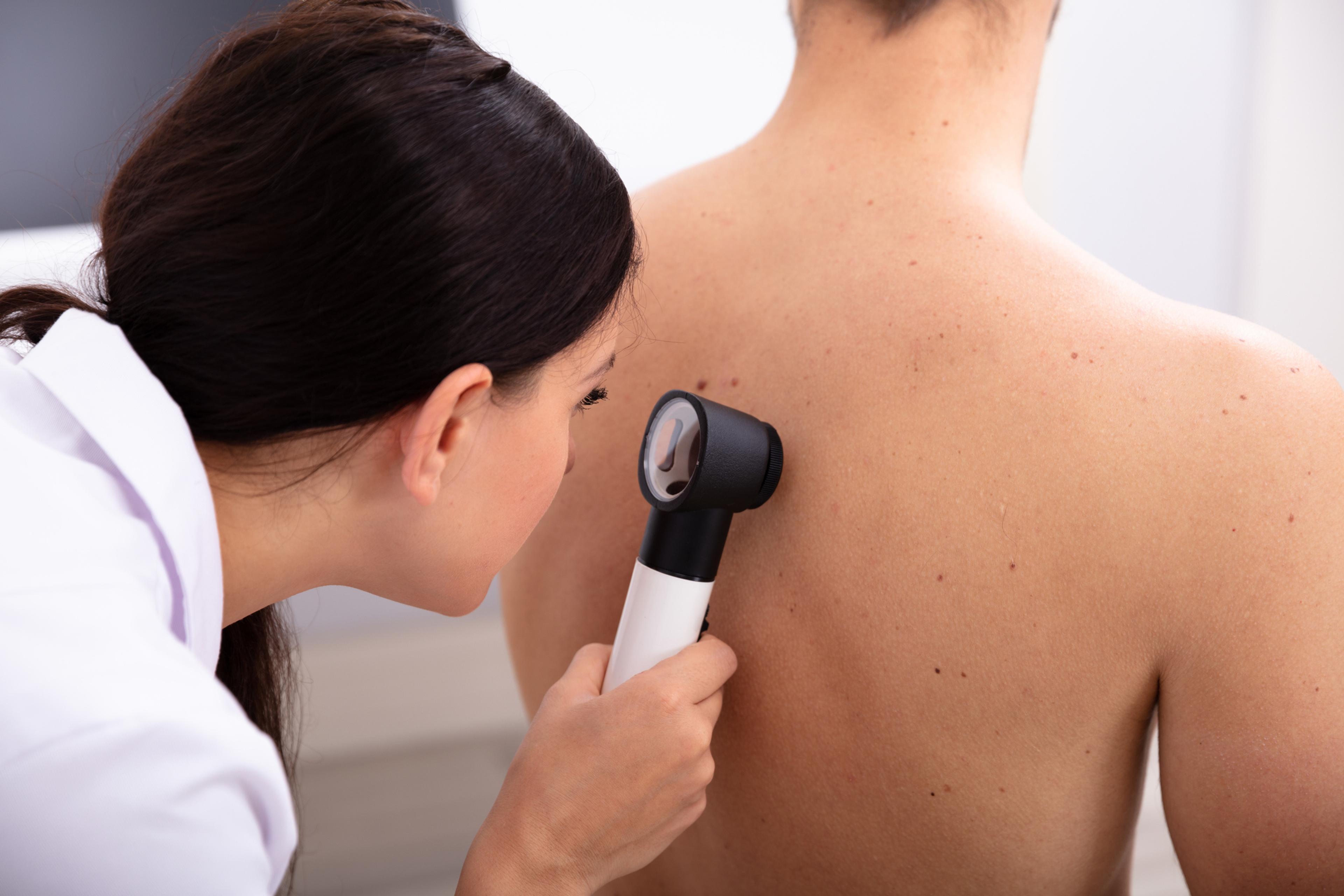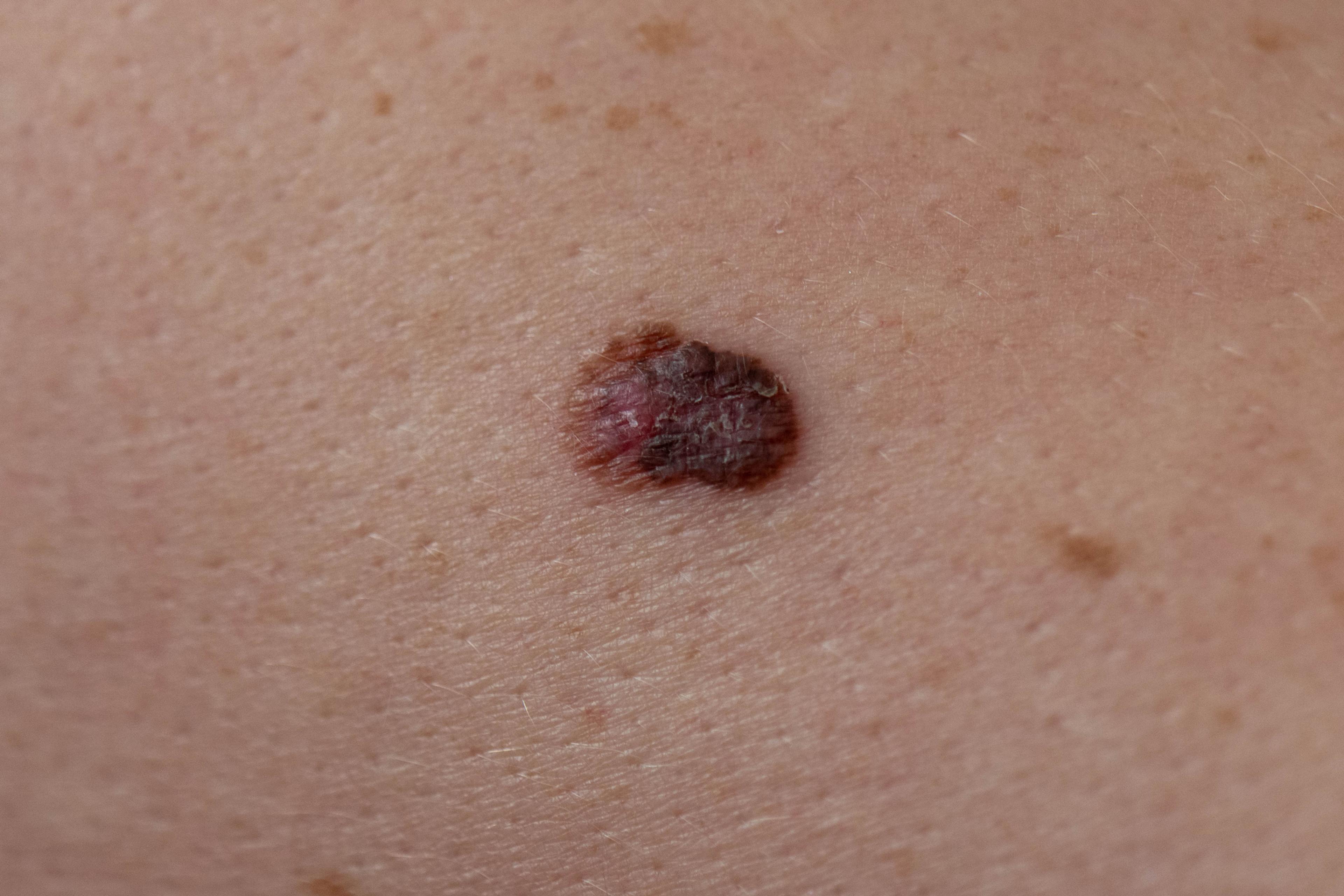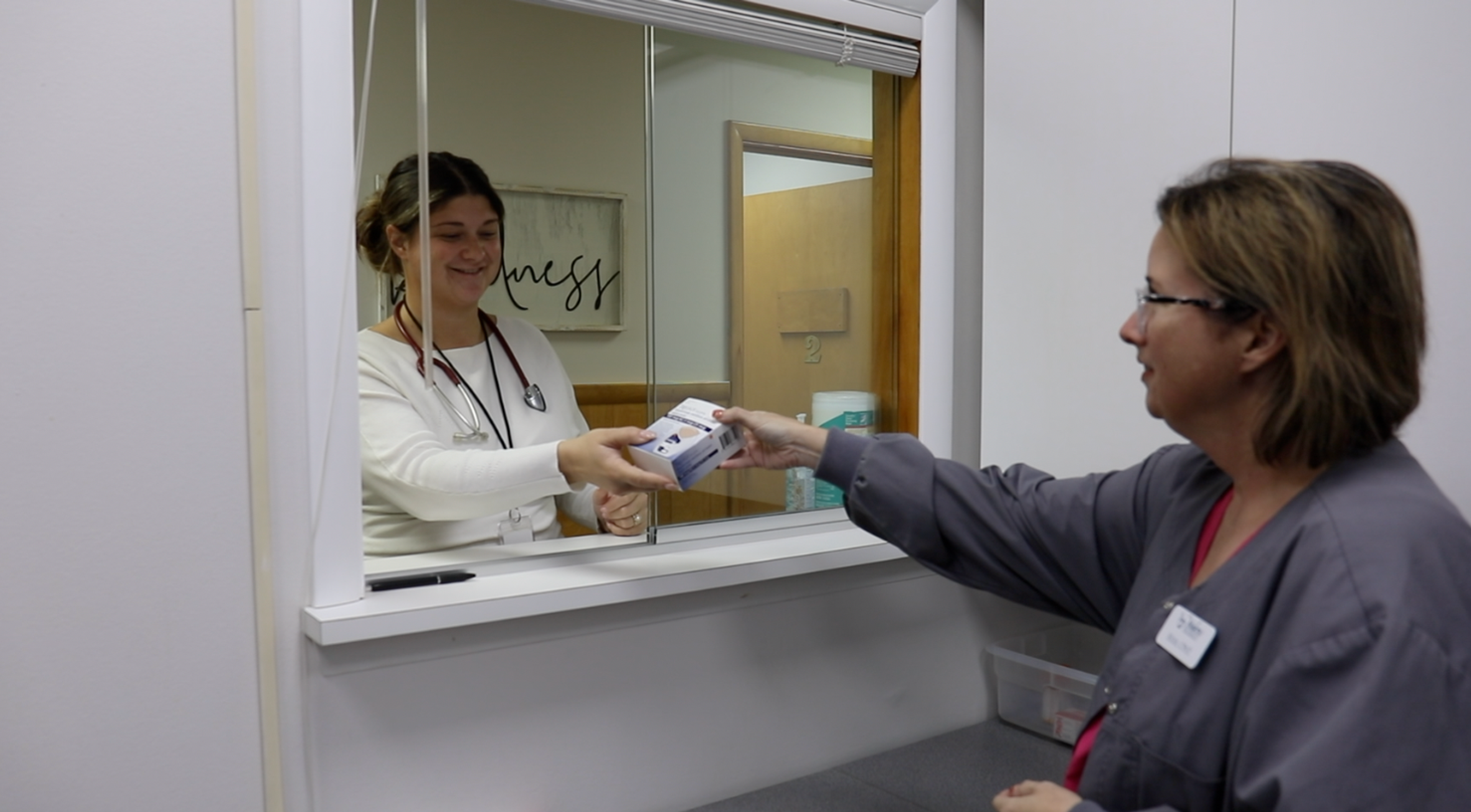What is Nodular Melanoma?
Jake Newby
| 4 min read

Key Takeaways
- Nodular melanoma is the second most common type of melanoma. It is an aggressive form of skin cancer that can grow rapidly.
- Nodular melanomas can mimic benign conditions, meaning they may look like acne, blood blisters, insect bites or other common skin blemishes.
- Wearing sunscreen and protective clothing, and avoiding the sun's peak hours can help reduce nodular melanoma risk.
Nodular melanoma is a type of skin cancer that makes up roughly 15% to 30% of new melanoma cases per year, according to the MD Anderson Cancer Center (MDACC). It is the second most common type of melanoma after superficial spreading melanoma and is considered the most aggressive form of melanoma.
Nodular melanoma is characterized by its fast-developing nature. It grows both above and below the skin, but most of the cancer is below the surface, according to the Cleveland Clinic. While other melanomas grow outward along the skin before invading it, nodular melanoma is unique in that it always has some degree of tissue invasion beneath the skin, per the MDACC.
Rapid growth of nodular melanomas is the most helpful clue for diagnosing it at an early stage when it is most treatable. Here is what you need to know about this invasive type of skin cancer.
What does nodular melanoma look like?
Nodular melanomas can mimic benign conditions, meaning they may look like acne, blood blisters, insect bites or other common, relatively harmless skin blemishes. The Cleveland Clinic says nodular melanoma growths are typically larger than moles. They tend to look like blue or black discolored lumps on the skin, according to the Melanoma Research Alliance.
In rare cases, they may look like small polyps or little balls of skin hanging by a stalk, according to MDACC. Nodular melanomas can be prone to itching and bleeding.

What are the causes of nodular melanoma?
According to the Cleveland Clinic, you are more likely to develop nodular melanoma if you:
- Spend a lot of time in the sun
- Have had skin cancer in the past
- Have a family history of skin cancer
- Are fair-skinned or get sunburned easily
Is nodular melanoma curable if caught early?
If detected early enough, surgery may be all that’s needed to cure nodular melanoma, per the MDACC. Contact your primary care provider (PCP) if you have identified the warning signs synonymous with nodular melanoma and its appearance.
Your PCP may perform a physical examination of the growth as well as the skin surrounding it. You may then be referred to a dermatologist for a biopsy. During this process, a dermatologist will remove parts of the growth and send tissue to a lab for testing, to be examined by a pathologist.
If the melanoma is more than one millimeter thick, a biopsy of your lymph nodes will likely be performed, according to Web MD. This allows providers to determine whether the cancer has spread to other parts of the body.
How is nodular melanoma removed?
Surgery is the primary treatment option for very early-stage nodular melanoma. This process involves a surgeon removing the melanoma, some of the surrounding skin and a layer of tissue beneath.
Late-stage nodular melanoma may require lymph node surgery. Also known as a lymphadenectomy, this option involves removing the lymph nodes near your nodular melanoma to prevent cancer from spreading. Other potential options can include one or a combination of:
- Chemotherapy
- Immunotherapy
- Radiation therapy
- Targeted cancer therapy
How can I reduce the risk of nodular melanoma?
Protecting yourself from the sun’s harmful ultraviolet rays is the most important step you can take in preventing nodular melanoma. Here are the best ways to do that:
- Wear sunscreen that is broad-spectrum SPF 30 or higher. It should also be water resistant and applied every two hours, as well as after swimming, sweating or towel drying.
- Wear a wide-brimmed hat and sunglasses.
- Wear long sleeves and pants, especially with added ultraviolet protection factor.
- Avoid the sun during peak hours, which are usually from 10 a.m. to 2 p.m.
- Drink plenty of water to stay hydrated.
- Take regular breaks from outdoor activities to seek shade whenever possible.
You should also avoid tanning, both naturally under the sun and in tanning beds. Be vigilant about checking your skin for unusual marks or growths. When in doubt, the ABCDE’s of Melanoma can help you complete a successful self-examination. Here’s what the acronym means, courtesy of the American Academy of Dermatology Association:
- "A" is for Asymmetry: Whether one half of the spot is unlike the other half.
- "B" is for Border: Whether the spot has an irregular, scalloped or poorly defined border.
- "C" is for Color: Whether the spot has varying colors from one area to the next, such as shades of tan, brown or black, or areas of white, red, or blue.
- "D" is for Diameter: While melanomas are usually greater than 6 millimeters, or about the size of a pencil eraser, when diagnosed, they can be smaller.
Additionally, be sure to schedule regular skin screenings with your PCP. Skin cancer screenings are considered preventive care and are generally covered by your health insurance plan.
Continue reading:





